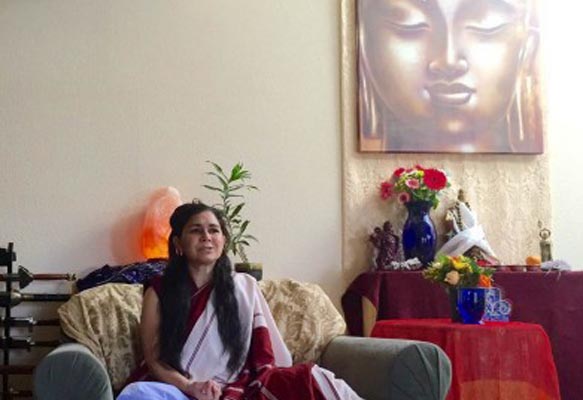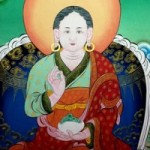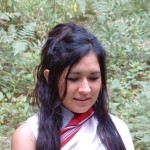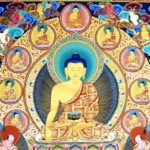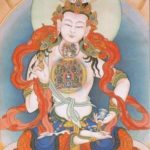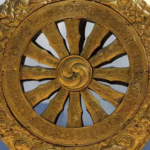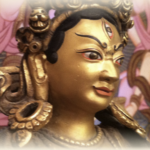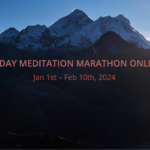Buddhadharma quarterly is featuring an article I wrote on waking up while facing crisis.
Buddhism orients around finding freedom from suffering through changing the way we see ourselves. This is the teaching of non-self (anatman).
The idea of non-self is not just a philosophical or abstract issue. Quite practically – it could lead to seeing oneself in a way that fosters adaptability, fluidity and responsiveness.
This paradigm also represents a shift from experiencing “self” as separate from our world. For example, in one environment you may be a mother, in another a friend, in another a son, in another a business person. It is natural then to ask, which is the real you? The idea of non-self reconciles these contradictions and affirms the scope of possibilities for what we are. It implies that what we are is made up of open ground. It implies interdependence with others and our circumstances. Buddhist ideas of non-self reframe the way we see what we are so that we focus on our fluid, contextual and open-ended nature.
It would be easy to fear that non-self implies a void, being no one, or a lack of self esteem. But in Dzogchen, the great completion teachings of Tibetan Buddhism, the notion non-self is framed as a shift from conceptualizing what we are to paying attention to the experience of being. In a sense this allowing the bare fact of being be more predominant than concepts. Ideally, this is what happens in meditation, a sense of tuning into presence. Then a second key Buddhist idea becomes apparent – the notion of Buddha-nature – that at the core of every person, our basic nature, is a wakeful presence. That wakeful presence is always there but we habitually disassociate from it in favor of a getting lost in concepts, moods and unquestioned assumptions. However sometimes, life offers us moments where we can see this process with a greater perspective. These moments of lucidity are revealing. We shift from missing the forest for the trees to then seeing the process of self, mind and attention as a whole.
No where is this shift more obvious than in times of crisis. Ordinary “self” concepts fall away but there isn’t a void there. Here is an excerpt from my article –
There are times like these in our lives—such as facing death or even giving birth—when we are no longer able to manage our outer image, no longer able to suspend ourselves in pursuit of the ideal self. It’s just how it is—we’re only human beings, and in these times of crisis we just don’t have the energy to hold it all together. When things fall apart, we can only be as we are. Pretense and striving fall away, and life becomes starkly simple.
The value of such moments is this: we are shown that the game can be given up and that when it is, the emptiness that we feared, emptiness of the void, is not what is there. What is there is the bare fact of being. Simple presence remains—breathing in and out, waking up and going to sleep. The inevitability of the circumstances at hand is compelling enough that for the moment, our complexity ceases….. The contrived self has been emptied out along with contrived existence and the tiring treadmill of image maintenance that goes along with it. What remains is a new moment spontaneously meeting us again and again.
Here is the full article at Buddhadharma Quarterly
http://www.lionsroar.com/four-points-for-letting-go-bardo/
Here is the full article in Spanish – translated by Victoria Varela
https://binduyoga.wordpress.com/2015/05/23/los-cuatro-puntos-esenciales-para-dejar-ir/

